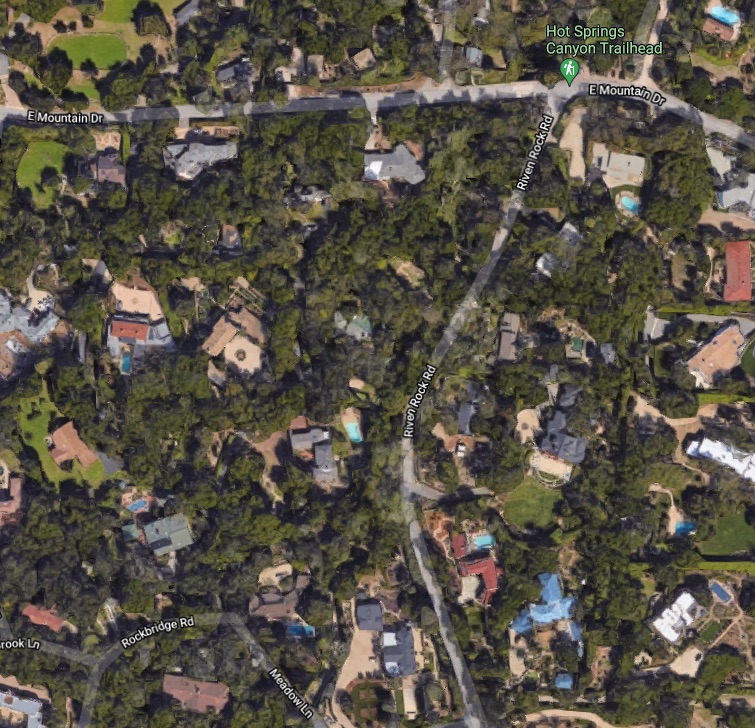Mystery Surrounds Human Remains Found on Montecito Property
Native American Heritage Commission Seeks Most Likely Descendant

The human remains found on a Montecito property off Riven Rock Road last month have led to more questions than answers, even after the bones were confirmed to be those of a male Native American by consulting forensic anthropologist Dr. Rick Snow of Tennessee on June 3. Carbon dating for age and any DNA testing would be up to the man’s most likely descendants, a determination to be made by the state Native American Heritage Commission (NAHC).
Montecito was home to people who spoke Barbareño Chumash, said John Johnson, a cultural anthropologist at the Santa Barbara Museum of Natural History and an expert in the area’s Chumash. Little in the upper Montecito area has been surveyed for cultural remains, he indicated, and though the Chumash buried their dead in cemeteries, it was possible that a death in this area could be a single burial. The first people in Santa Barbara have been dated to 13,000 years ago, but details about this skeleton and the burial remain unknown. Though Dr. Snow visited the site, the only findings released are that the individual was male and that his teeth show the wear of a Native American diet from long ago.
The area Chumash representative to the commission, Julie Tumamait-Stenslie, said on Tuesday that the NAHC hadn’t yet contacted her. According to the Sheriff’s Office, once the coroner had determined it was not a recent death or crime scene, they notified the NAHC of a likely Native American decedent, took the bones to the office for safekeeping, and brought in Dr. Snow to make the affirmative identification.
The discovery of a near-complete skeleton was made on May 24 by a construction crew hand-trenching for a water line, said Bill Frost, one of the property owners. Stopping work and calling the sheriff was clearly the right thing to do, he said. The home was built more than 100 years ago, he added, and no records for the area described any similar discoveries. Work is still on hold outdoors at the location until the next descendant is located, he said. Tumamait-Stenslie added the location could not be disclosed by law, stating that for decades people had disrespectfully looted burial sites and sold the things they’d found, a practice she said is illegal.
Support the Santa Barbara Independent through a long-term or a single contribution.



